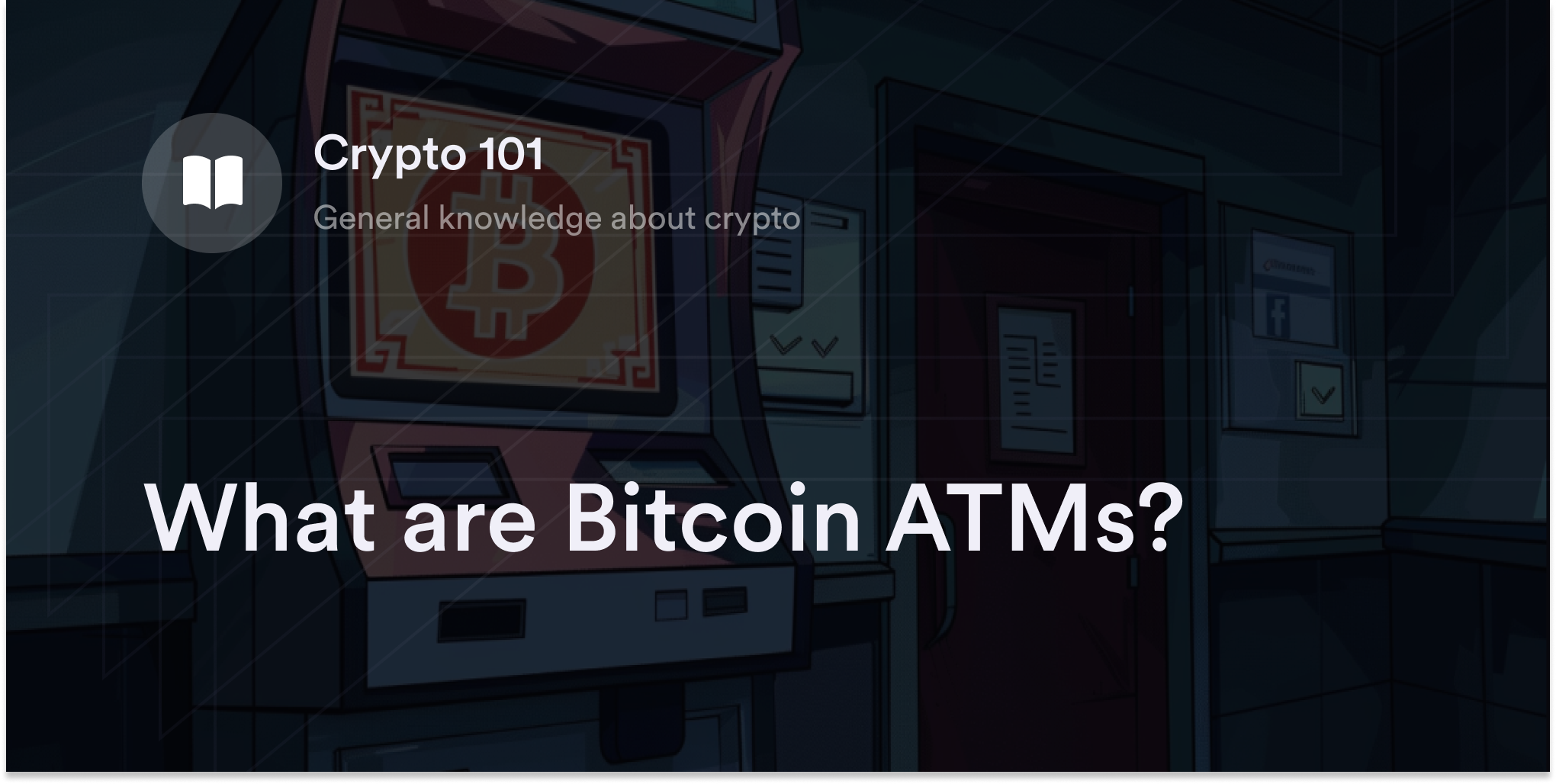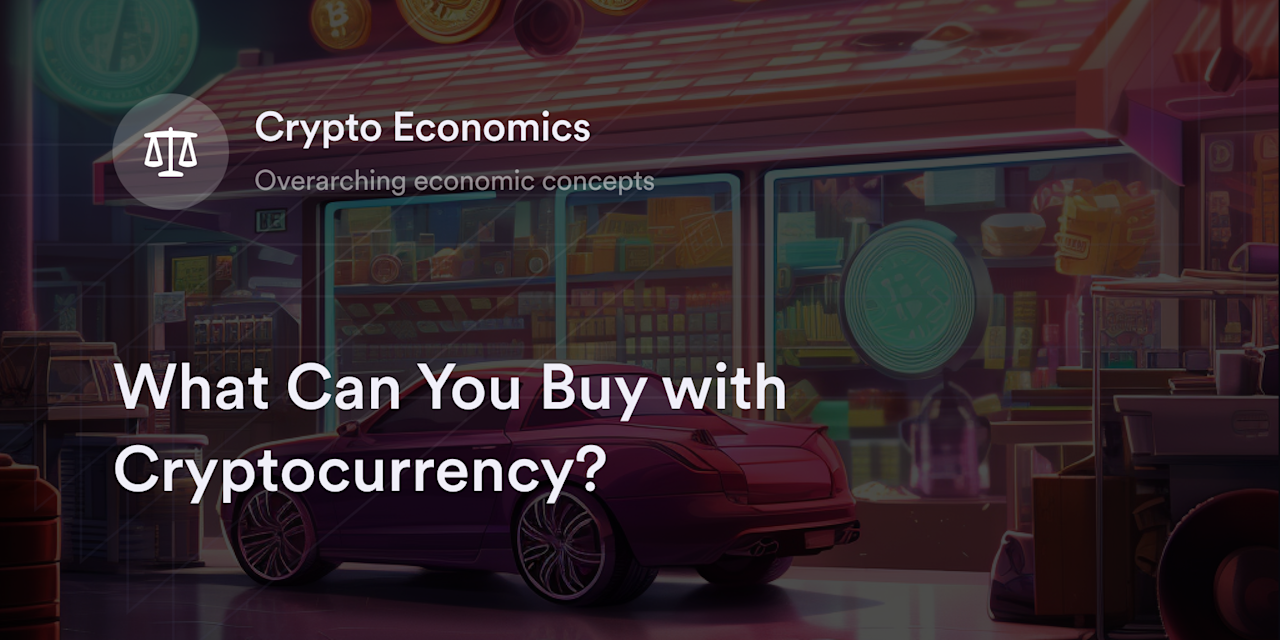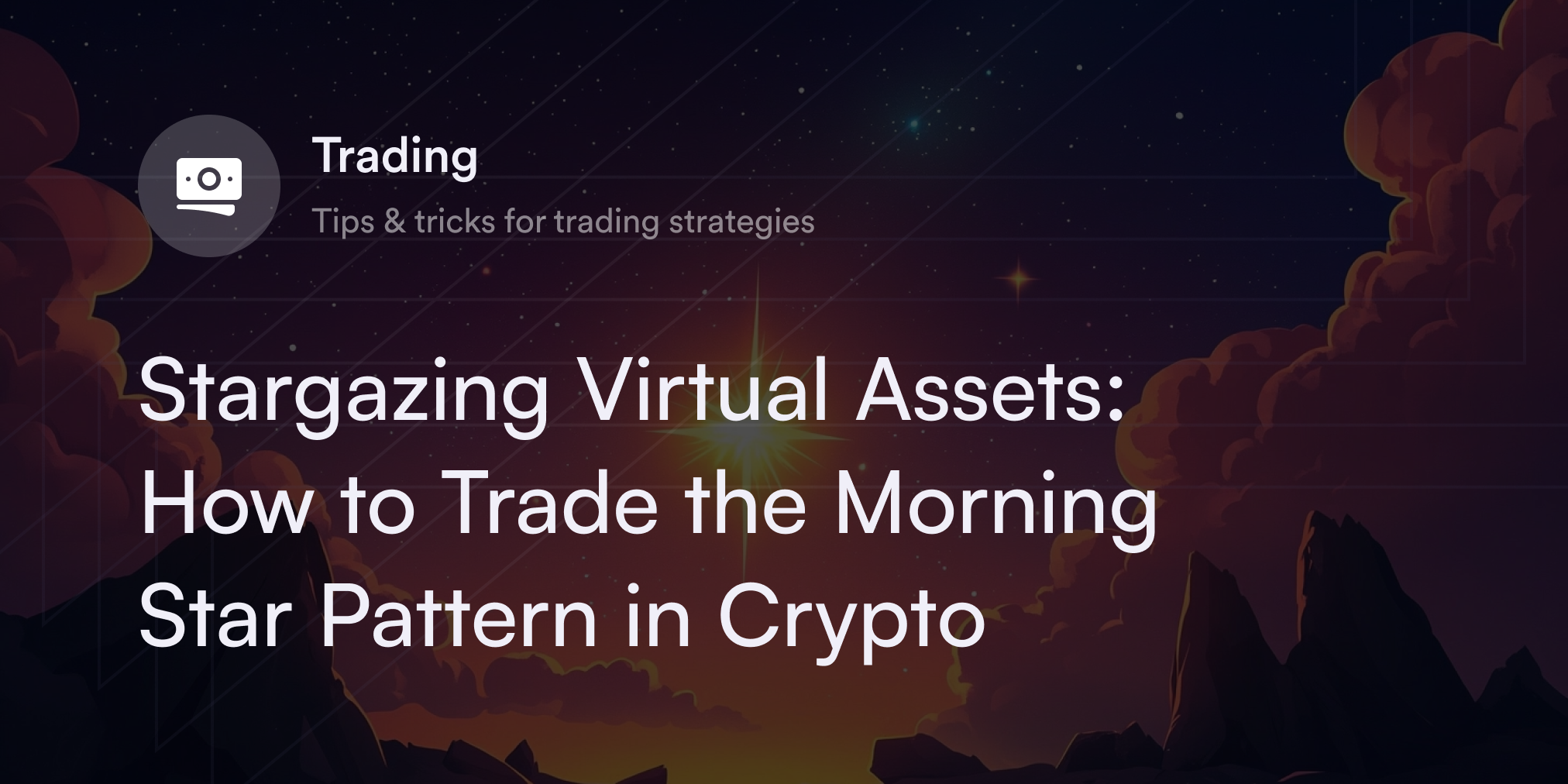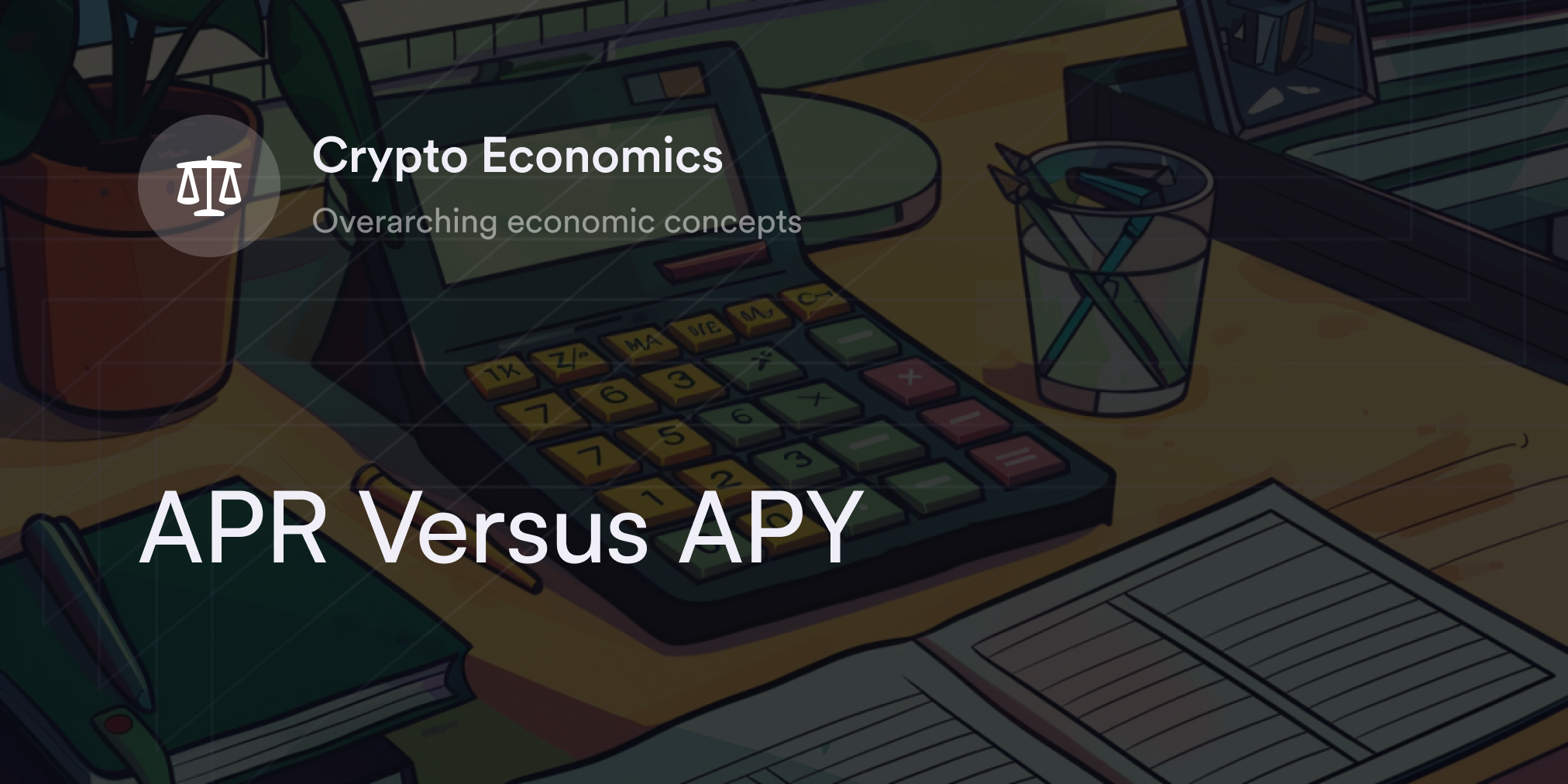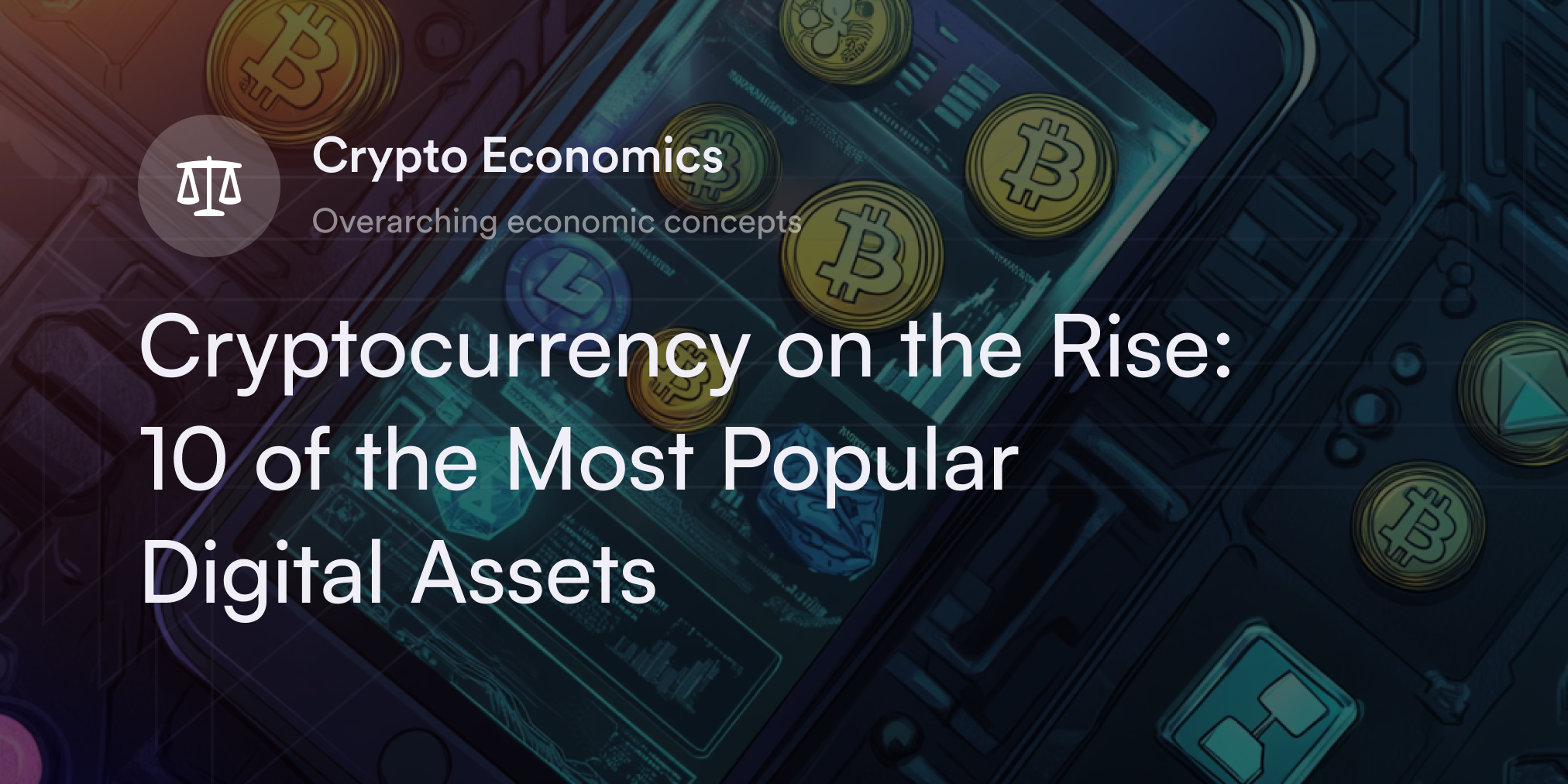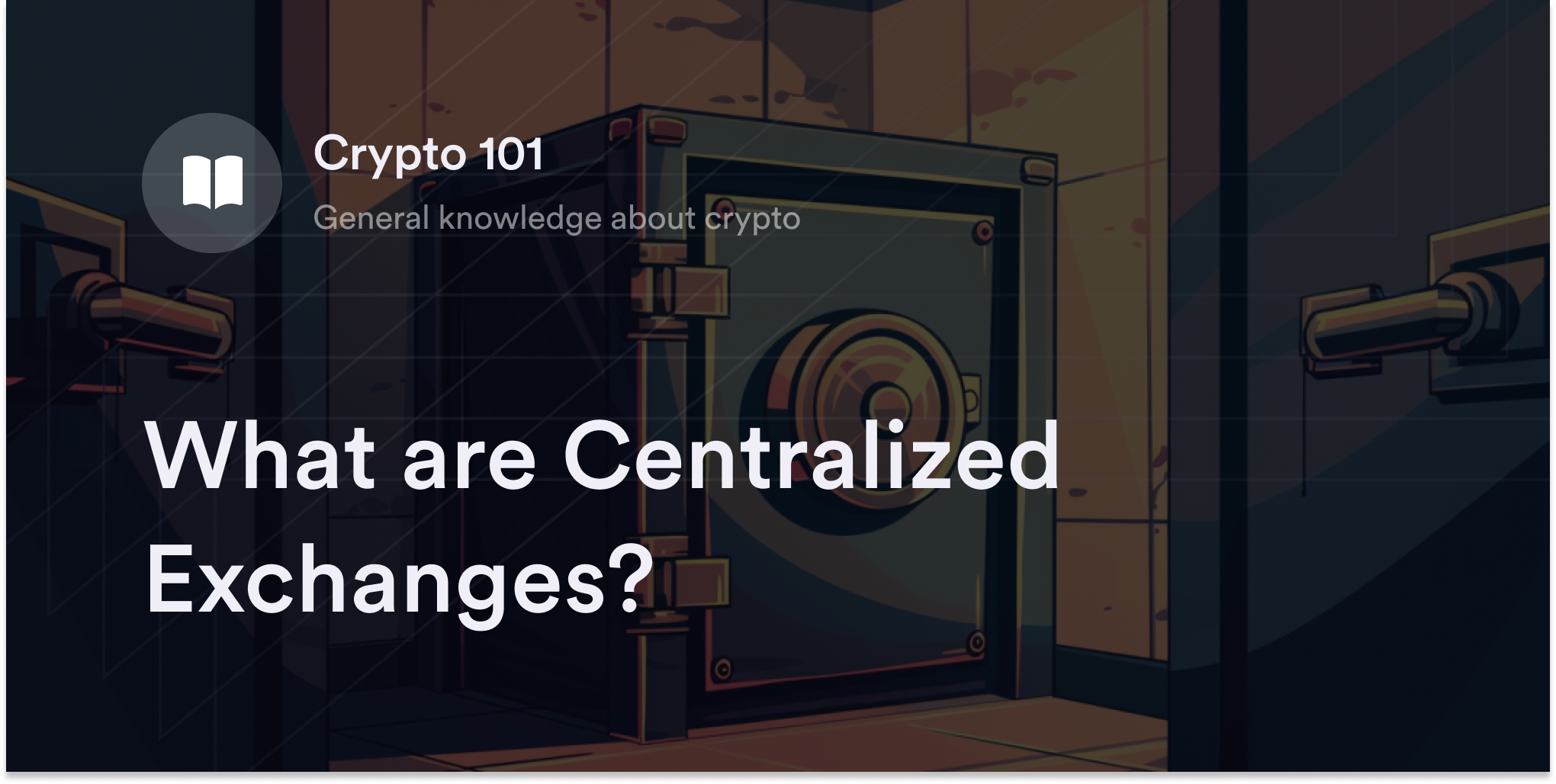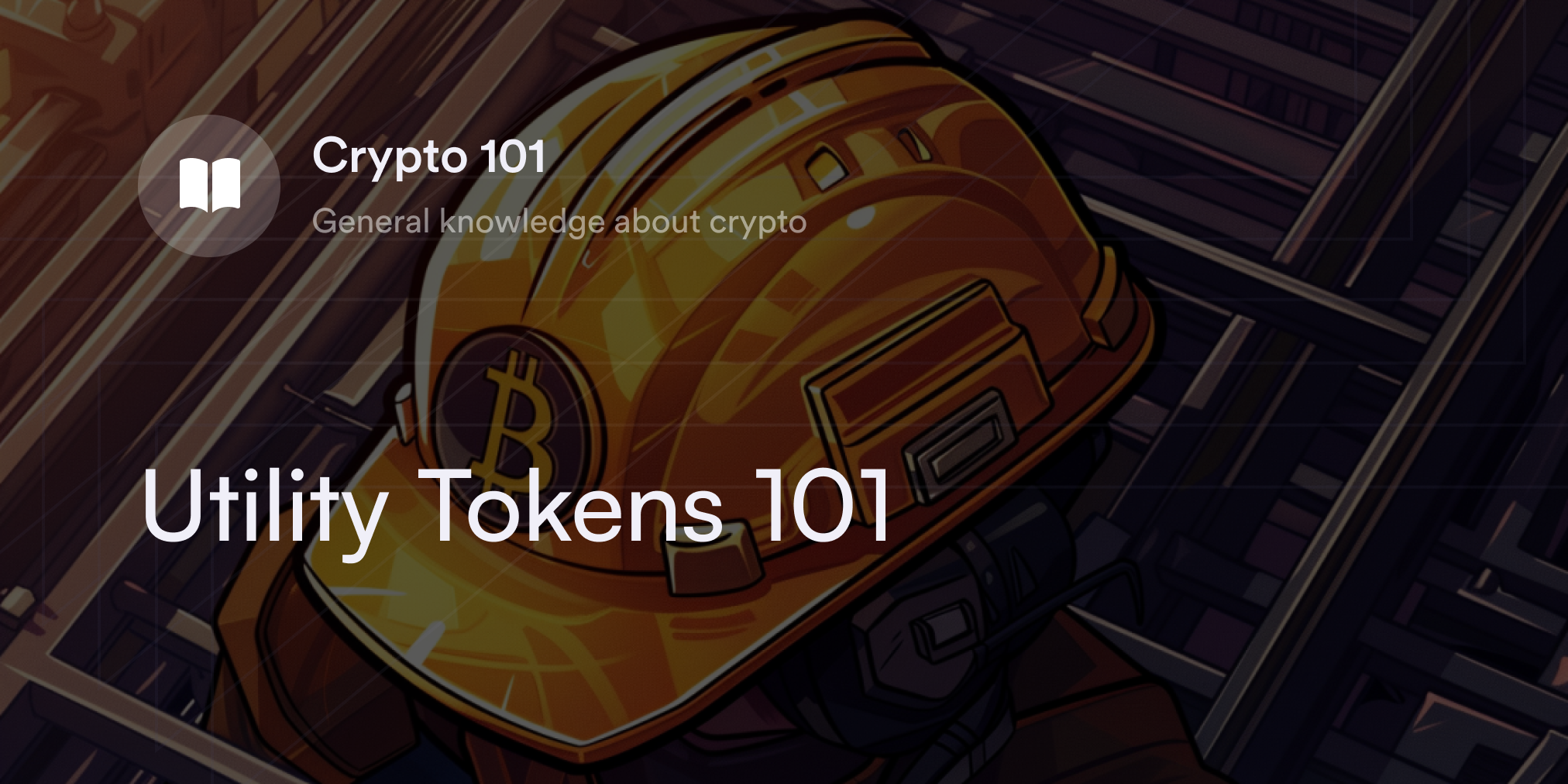


Trading volatile assets, such as cryptocurrency, can be daunting, especially for newer traders. This is particularly true when traders deposit money on a cryptocurrency exchange and notice the dollar amount of their buying power differs from the total cash they transferred.
Understandably, new traders are often confused by this discrepancy. But does this mean traders can use more money than they have in their accounts to buy cryptocurrencies? Also, why isn’t this buying power percentage consistent across different cryptocurrency exchanges?
Before placing an order on an exchange, it is prudent for traders to understand what buying power is and how it works. Although buying power helps traders access more funds for trading, there are significant risks one should be aware of.
What is Buying Power?
On an exchange, the buying power in a user’s account signifies how much money traders have to purchase tradable assets. This includes the total cash in their account plus potential borrowing power.
Some trading platforms may offer “margin trading,” meaning eligible traders can take out a loan to increase their position size. This indicates the buying power on these websites is higher than a trader’s initial cash deposit. Also, every exchange has different borrowing requirements and limits—the buying power on one site won’t always match other platforms.
Traders use options buying power to monitor their position size in the derivatives market. Alternatively, foreign currency markets (aka forex) and crypto exchanges also display buying power so traders know how much they can spend on these exchanges.
What is Non-margin vs. Margin Buying Power?
On a non-margin trading platform, the buying power in a trader’s account should be the same as their total cash balance. In contrast, exchanges offering margin trading services let eligible traders increase their portfolio size with borrowed funds. When someone trades on margin, they take out a loan from the exchange to enhance their trading position. The initial margin in a trader’s account is how much cash they need to obtain a loan, while the maintenance margin is the amount of money traders need to avoid defaulting on a loan, which is called liquidation.
For instance, if a trader has $50,000 in their account and the initial margin requirement is 50% of the loan’s value, their total buying power on the exchange is $100,000. This means the trader can take out a margin loan of $50,000 and immediately purchase tradable assets on the exchange. However, traders must ensure their account’s cash value never dips below the exchange’s maintenance margin percentage.
To calculate the amount of margin a trader needs to avoid liquidation, use the following formula:
Min. required account value = (loan value) / (1 - exchange’s maintenance margin %)
Using the above $100,000 example, suppose the trader’s exchange has a minimum maintenance requirement of 35%. To determine the liquidation price, this trader divides the following numbers:
($50,000 loan) / (1 - 35%) = $76,923.07
Therefore, the total buying power in this trader’s margin account can’t go below $76,923.07. If the portfolio’s value dips further, the exchange will issue a warning called a margin call. That’s when the trader needs to deposit more money or sell off assets in their account to bring their buying power above the minimum margin requirement. Traders who fail to respond to their margin call within a few days lose all the money in their margin position.
Is Purchasing Power the Same as Buying Power?
Although purchasing power may seem similar to buying power due to the synonymous terms “purchasing” and “buying”, it has nothing to do with trading assets, such as cryptocurrencies. Economists use the phrase purchasing power to reference the cash it takes to buy goods and services in an economy. By monitoring a fiat currency’s purchasing power, analysts gain a better sense of a country’s inflation rate, and higher inflation percentages mean anyone using a particular fiat currency has a weaker purchasing power. For context, inflation occurs when the average prices for goods and services rise.
Federal organizations, such as the U.S. Bureau of Labor Statistics, constantly monitor inflation and purchasing power with tests and benchmarks, such as the Consumer Price Index (CPI). In these monthly studies, analysts compare the average prices for essential goods and services––such as groceries, gasoline, and healthcare––against prior data. So, if the percentage change between two CPI readings increases, the purchasing power for a nation’s currency falls within the same time frame.
What is Day Trade Buying Power?
Unlike traders who hold their assets for months or years, short-term traders open and close multiple positions within a few days or weeks. Day traders may close all their trades within a 24-hour window, while swing traders hold their position for a few days or weeks before exiting the market.
Day trading buying power (DTBP) refers to a special set of margin privileges and requirements short-term traders can access. Although day traders may have access to more purchasing power, they must meet more requirements than swing traders. First, to generally qualify as a day trader, people need to open and close four trades in one session every five business days. These short-term trades must account for at least 6% of the trader’s margin account value. If a trader’s maintenance margin dips below $25,000, they receive a margin call and must deposit more funds to avoid liquidation.
Each brokerage can enact stricter qualifications than those required by law, such as higher maintenance margins. Day traders always need to review the margin trading terms on each exchange to calculate their maximum buying power.
What is Buying Power in Crypto?
dYdX, for example, offers every trader instant access to 20x leverage when trading crypto perpetual contracts. Contextually, leverage measures the borrowed funds on an account––usually expressed with a multiplication symbol. For example, 20x leverage means a crypto trader with $1,000 in their account can access $20,000 in buying power.
Higher leverage positions on crypto exchanges help traders access capital to increase their position size despite having smaller account balances. However, crypto margin traders should remember the minimum maintenance requirement to keep their positions open. When a trade doesn’t work in a person’s favor, they have insufficient buying power in crypto and face a margin call. On dYdX, instead of facing a margin call, traders face automatic liquidation.
Learn More About Leverage Crypto Trading on dYdX
Leverage may be a powerful tool for crypto traders, but it’s a riskier strategy than buying crypto with a cash account.
Head to the dYdX Academy to learn more about how to trade with leverage and learn more about the virtual currency world. While you’re at it, check out our blog to learn more about dYdX.
Also, access 20x leverage for dozens of crypto perpetual contracts on dYdX’s decentralized exchange. Start trading on dYdX today!
Disclaimer
The content of this article (the “Article”) is provided for general informational purposes only. Reference to any specific strategy, technique, product, service, or entity does not constitute an endorsement or recommendation by dYdX Trading Inc., or any affiliate, agent, or representative thereof (“dYdX”). Use of strategies, techniques, products or services referenced in this Article may involve material risks, including the risk of financial losses arising from the volatility, operational loss, or nonconsensual liquidation of digital assets. The content of this Article does not constitute, and should not be considered, construed, or relied upon as, financial advice, legal advice, tax advice, investment advice, or advice of any other nature; and the content of this Article is not an offer, solicitation or call to action to make any investment, or purchase any crypto asset, of any kind. dYdX makes no representation, assurance or guarantee as to the accuracy, completeness, timeliness, suitability, or validity of any information in this Article or any third-party website that may be linked to it. You are solely responsible for conducting independent research, performing due diligence, and/or seeking advice from a professional advisor prior to taking any financial, tax, legal, or investment action.
You may only use the dYdX Services in compliance with the dYdX Terms of Use available here, including the geographic restrictions therein.
Any applicable sponsorship in connection with this Article will be disclosed, and any reference to a sponsor in this Article is for disclosure purposes, or informational in nature, and in any event is not a call to action to make an investment, acquire a service or product, or purchase crypto assets. This Article does not offer the purchase or sale of any financial instruments or related services.
By accessing this Article and taking any action in connection with the information contained in this Article, you agree that dYdX is not responsible, directly or indirectly, for any errors, omissions, or delays related to this Article, or any damage, injury, or loss incurred in connection with use of or reliance on the content of this Article, including any specific strategy, technique, product, service, or entity that may be referenced in the Article.
